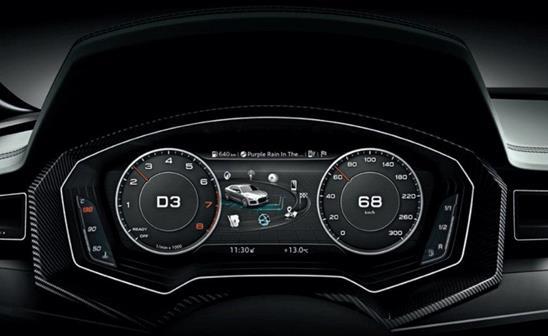
NVIDIA has announced that three new in-vehicle systems powered by the NVIDIA Tegra Visual Computing Module (VCM) will soon begin shipping in Audi’s vehicles. These innovative solutions, include- a connected infotainment system with twice the performance of its predecessor; the world’s first automotive-grade tablet that is fully integrated into the car’s infotainment system; and a high-resolution digital cockpit with unprecedented, vivid 3D graphical displays.
“Audi is a true leader in the development of advanced vehicle electronics,” said Taner Ozcelik, vice president and general manager of Automotive at NVIDIA. “Breakthroughs like the first navigation system based on Google Earth and the first automotive-grade tablet demonstrate Audi’s strategy to fast track consumer electronics technology into the car.”
The Tegra VCMs powering these systems are highly flexible platforms, incorporating an automotive-grade NVIDIA Tegra mobile processor with an NVIDIA 4-Plus-1 core CPU, a multi-core GPU and dedicated audio, video and image processors.
The Tegra VCM uniquely enables carmakers to slide the most current processors into their electronics systems, allowing for faster evolution of in-vehicle systems as newer hardware becomes available. This modularity dramatically narrows the technology gap that has traditionally existed between consumer electronics and the long development lifecycles of in-vehicle systems.
The first is a smaller opportunity but is much more straightforward for telcos to address, according to Ovum. The second is much bigger, but involves new skills and competencies, and defining new kinds of relationship with systems integrators (SIs) and software development.
“If a carrier wants to play an essential part as a connectivity provider and focus just on that role, it must have healthy and robust relationships with device manufacturers and SIs,” explains Green. “If a carrier sees itself as an end-to-end provider, its partnering relations are even more critical, because it is unlikely to be heard at the CxO level within an enterprise client unless it is working with a global SI.”

 In
In
Add new comment